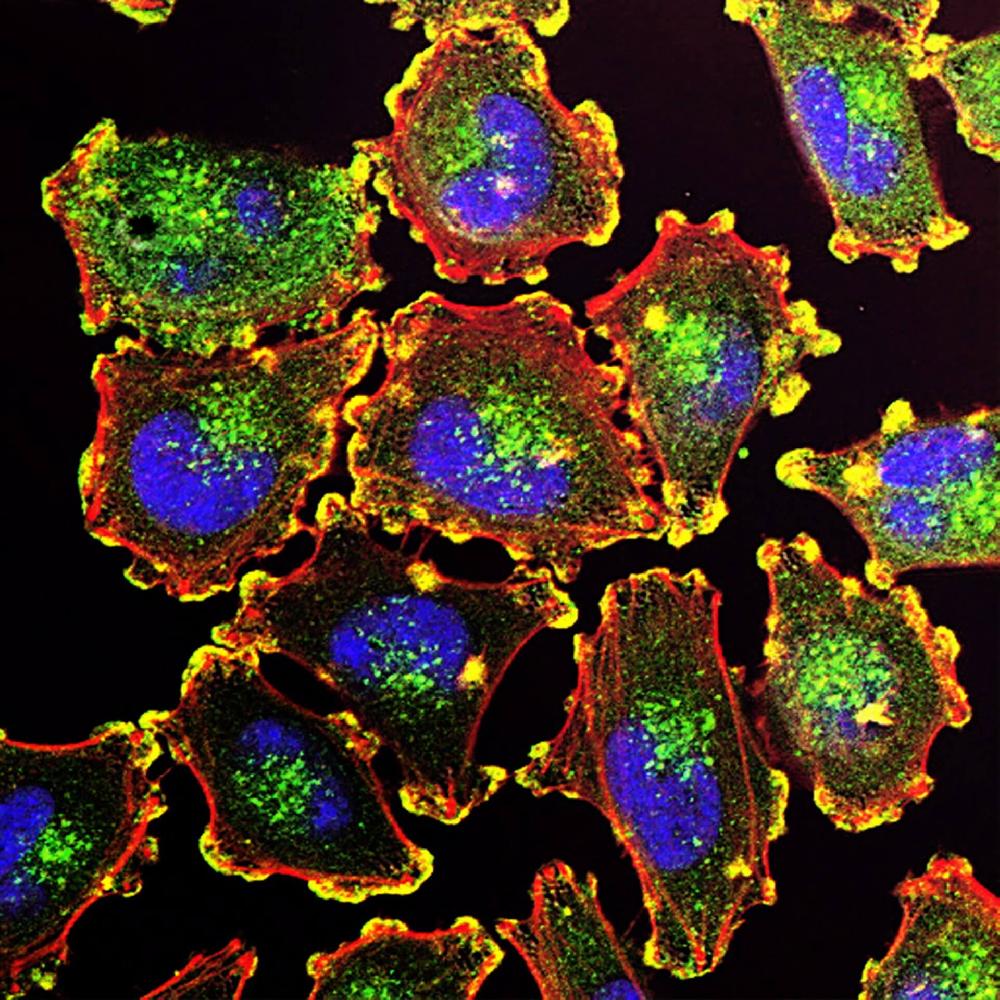This website uses cookies to ensure you get the best experience on our website.
- Table of Contents

Facts about Torsin-1A.

In the nucleus, may link the cytoskeleton with the nuclear envelope, this mechanism appears to be crucial for the control of nuclear polarity, cell movement and, specifically in neurons, nuclear envelope integrity. Participates in the cellular trafficking and might regulate the subcellular location of multipass membrane proteins like the dopamine transporter SLC6A3, causing the modulation of dopamine neurotransmission.
| Human | |
|---|---|
| Gene Name: | TOR1A |
| Uniprot: | O14656 |
| Entrez: | 1861 |

| Belongs to: |
|---|
| ClpA/ClpB family |

DQ2Torsin family 1 member A; Dystonia 1 protein; dystonia 1, torsion (autosomal dominant; torsin A); DYT1torsin-1A; torsin family 1, member A (torsin A)
Mass (kDA):
37.809 kDA

| Human | |
|---|---|
| Location: | 9q34.11 |
| Sequence: | 9; NC_000009.12 (129812942..129824136, complement) |
Widely expressed. Highest levels in kidney and liver. In the brain, high levels found in the dopaminergic neurons of the substantia nigra pars compacta, as well as in the neocortex, hippocampus and cerebellum. Also highly expressed in the spinal cord.
Endoplasmic reticulum lumen. Nucleus membrane; Peripheral membrane protein. Cell projection, growth cone. Cytoplasmic vesicle membrane. Cytoplasmic vesicle, secretory vesicle. Cytoplasmic vesicle, secretory vesicle, synaptic vesicle. Cytoplasm, cytoskeleton. Upon oxidative stress, redistributes to protusions from the cell surface (By similarity). Peripherally associated with the inner face of the ER membrane, probably mediated by the interaction with TOR1AIP1. The association with nucleus membrane is mediated by the interaction with TOR1AIP2.





PMID: 9288096 by Ozelius L.J., et al. The early-onset torsion dystonia gene (DYT1) encodes an ATP-binding protein.
PMID: 10871631 by Kustedjo K., et al. Torsin A and its torsion dystonia-associated mutant forms are lumenal glycoproteins that exhibit distinct subcellular localizations.